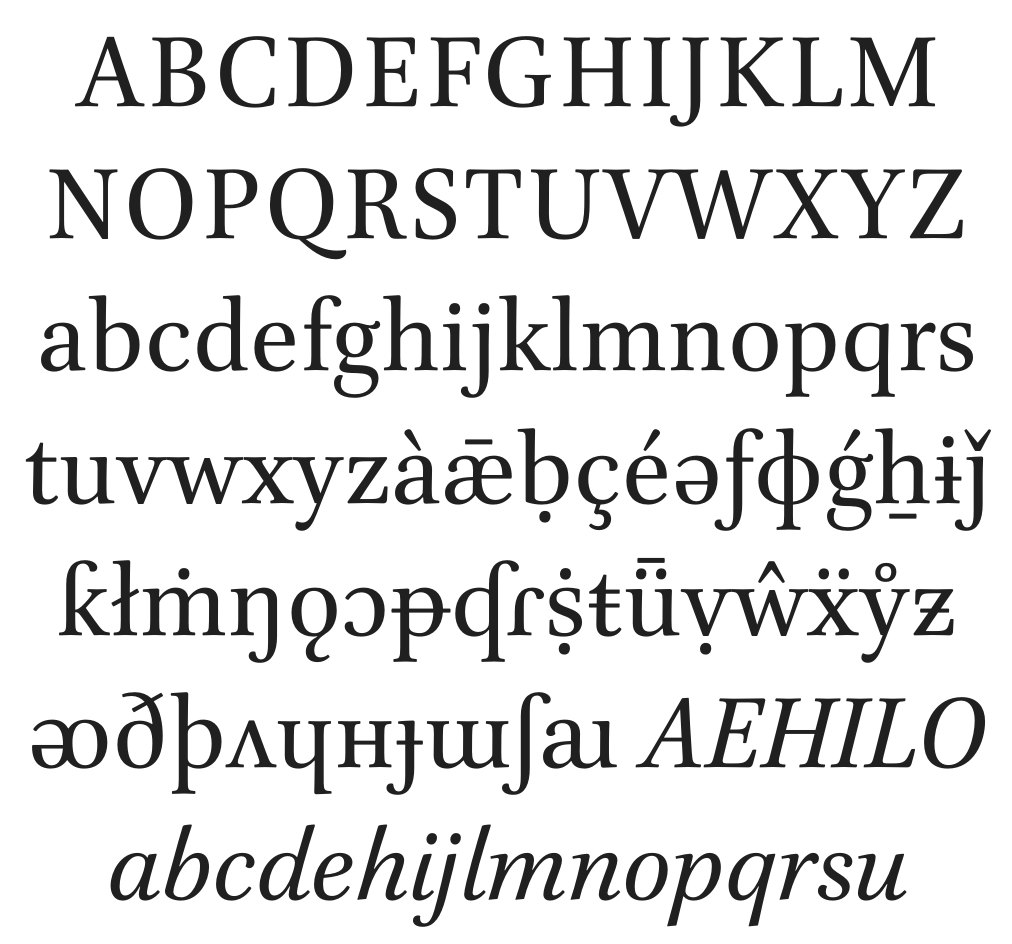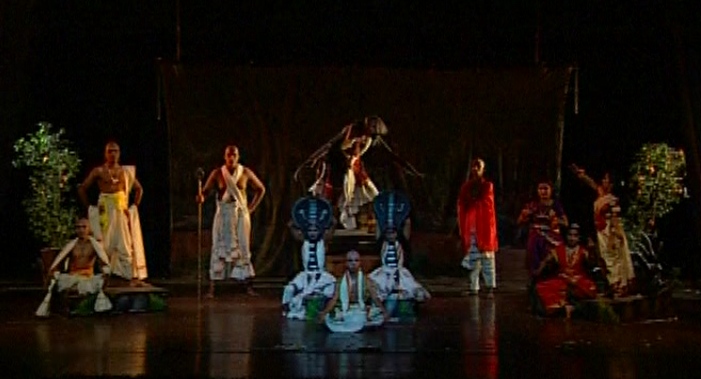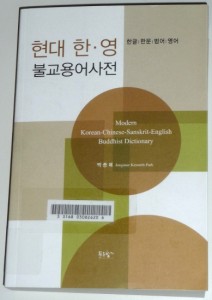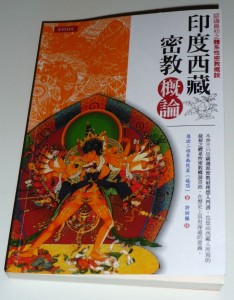བོད་རང་སྐྱོང་ལྗོངས་སུ་ཉར་ཚགས་བྱས་པའི་ཏ་ལའི་ལོ་མའི་དཔེ་ཆ་ཀུན་བཏུས་པར་མ།
《西藏自治区珍藏贝叶经影印大全》(共61分册)
*Facsimile Edition of Palmleaf Manuscripts in the Tibet Autonomous Region: Complete Collection. 2012(?). 61 vols.བོད་རང་སྐྱོང་ལྗོངས་སུ་ཉར་ཚགས་བྱས་པའི་ཏ་ལའི་ལོ་མའི་དཔེ་ཆ་ཀུན་བཏུས་ཀྱི་དཀར་ཆག་བསྡུས་པ།
《西藏自治区珍藏贝叶经影印大全简目》
*Facsimile Edition of Palmleaf Manuscripts in the Tibet Autonomous Region: Complete Collection. Brief Index. 2012(?).བོད་རང་སྐྱོང་ལྗོངས་སུ་ཉར་ཚགས་བྱས་པའི་ཏ་ལའི་ལོ་མའི་དཔེ་ཆ་བྲིས་མའི་རྩ་བའི་དཀར་ཆག།
《西藏自治区珍藏贝叶经总目录》(共4册)
*Master Catalogue of Palmleaf Manuscripts in the Tibet Autonomous Region. 2012(?). 4 vols.
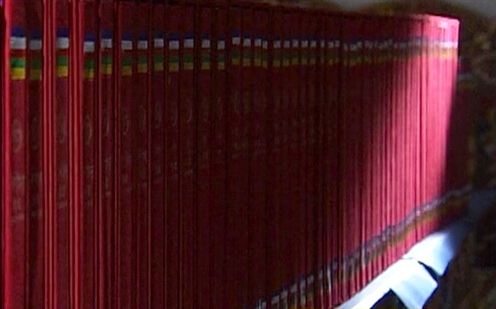
Continue reading “Facsimile Edition of All Palmleaf MSS in the TAR (2012?)”



